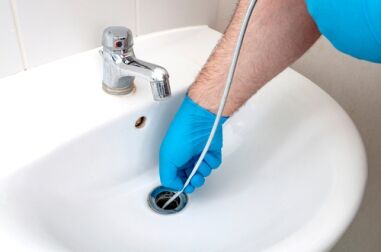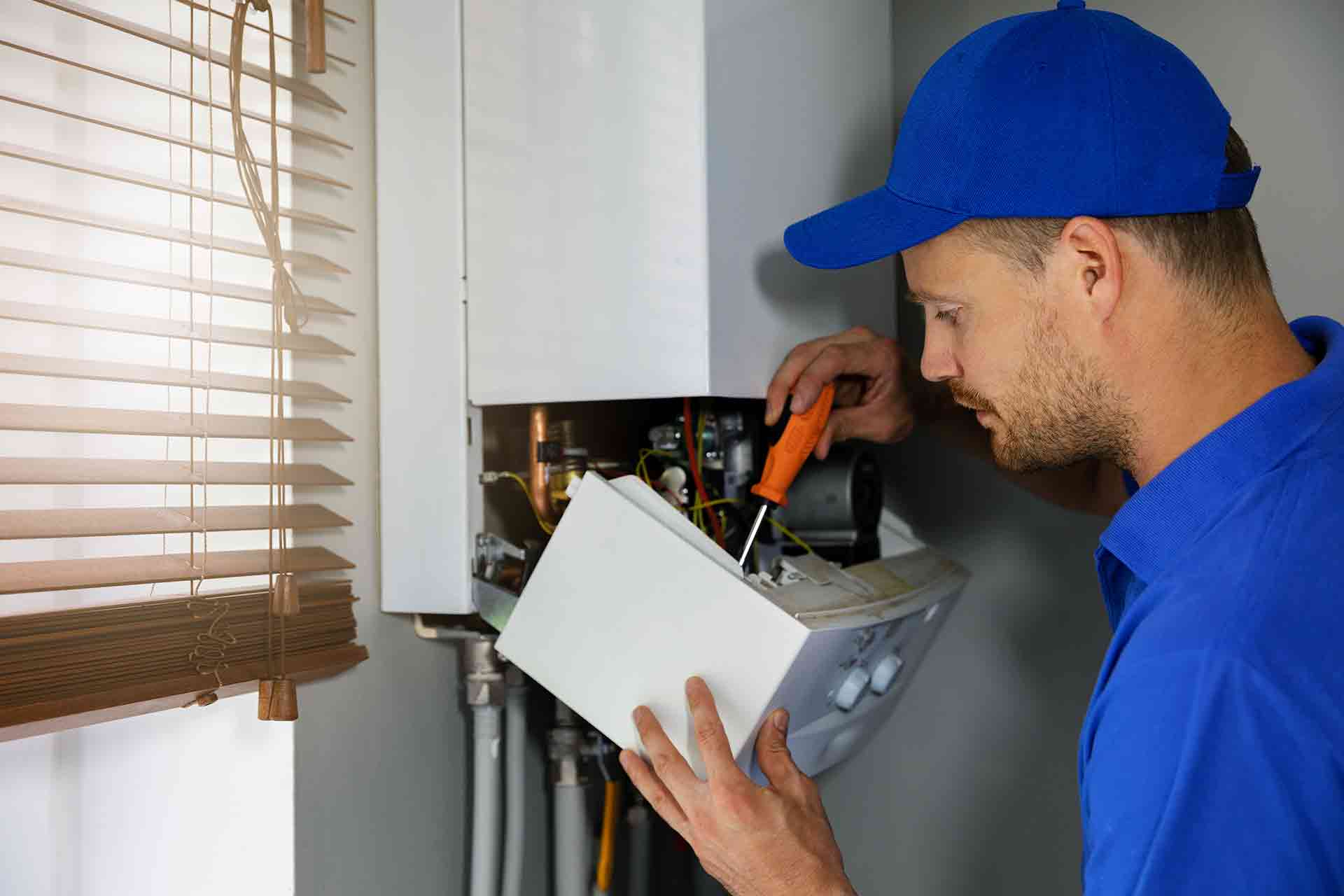Dealing with Plumbing Issues in Rental Properties: An Essential Guide
Dealing with Plumbing Issues in Rental Properties: An Essential Guide
Blog Article
They are making a few good observations relating to Plumbing Maintenance and Repair in your Rental Property overall in this content which follows.

Handling plumbing issues in rental homes successfully is crucial for maintaining renter satisfaction and preserving the home's value. Whether you're a proprietor or a home supervisor, knowing exactly how to resolve these common issues can conserve you money and time while guaranteeing conformity with lawful responsibilities. Right here's a detailed overview on how to handle plumbing issues in rental residential properties.
File Every little thing
Maintain detailed records of all reported pipes problems and the actions required to fix them. Documents needs to include dates, descriptions of the issue, interaction with lessees, and invoices from contractors or plumbings. This info can be important for insurance policy cases, tax obligation reductions, and legal defense.
Usage Qualified Professionals
Constantly utilize accredited and insured experts for substantial plumbing repair services and installments. This makes certain that the job is up to code and can help avoid liability issues in case of accidents or further damage. It also reassures tenants that repairs are being handled expertly.
Establish Clear Communication
Encourage lessees to report any kind of pipes problems as soon as they occur. Provide several communication channels such as phone, email, or a tenant site to make it easy for them to connect. Motivate actions to these reports can prevent small issues from rising right into major problems.
Enlighten Occupants
Educate your renters about what comprises a pipes emergency situation and what does not. Offer standards on exactly how to handle small issues themselves, such as making use of a plunger to unblock a toilet. Additionally, inform them about what they need to prevent putting down drains to stop blockages, such as oil, coffee grounds, and non-biodegradable items.
Routine Upkeep
Carry out a routine upkeep timetable for all plumbing systems in your service buildings. Regular checks can aid recognize and fix concerns like leaks, slow drains, or corroded pipes before they come to be serious. Think about employing a professional plumbing professional to check the residential or commercial properties yearly or semi-annually.
Quick Response to Emergencies
Have a strategy in position for responding to plumbing emergencies. This must consist of having the call details of reliable pipes solutions that supply 24/7 emergency situation fixings. Quick action is necessary to reduce damage in situations like ruptured pipes or extreme leakages.
Preventive Upgrades
Think about upgrading older plumbing systems and components to extra modern, reliable designs. This can minimize the frequency and severity of pipes problems and lower long-term upkeep expenses. It's also a marketing factor for possible renters that value upgrades and modern-day functions.
Tenant Move-Out Inspections
Conduct thorough pipes checks during move-out evaluations to guarantee that any problems are recognized and resolved before a brand-new tenant moves in. This protects against disputes with new renters over pre-existing conditions and makes sure the property is in top condition.
Understand Legal Responsibilities
Know your legal obligations relating to pipes and basic building upkeep. A lot of territories need property managers to guarantee their homes are habitable and that all plumbing systems are in good working order. Failing to resolve significant concerns without delay can cause lawsuits from occupants.
Renter Compensations
If a plumbing issue calls for prompt interest and the renter deals with the issue by themselves, have a clear policy in place for compensating expenses. Make sure renters know they need to get prior approval for higher-cost fixings unless it's an outright emergency.
Conclusion
Taking care of pipes issues in rental residential or commercial properties requires an aggressive method and good interaction with occupants. By staying on top of maintenance, reacting quickly to emergency situations, and making use of competent professionals, proprietors can keep their properties in superb condition and keep great relationships with tenants.
How to Handle Water Damage in a Rental Property
What is Water Damage?
Water damage is harm or destruction caused by water entering areas where it is not supposed to be. It can be caused by a variety of sources and can manifest in different ways. The most common examples of water damage include:
Leaking roof Plumbing leaks Appliance malfunctions Poor drainage Flooding Sewage backup Condensation Tenant negligence HVAC system issues Frozen pipes Is water damage dangerous?
Water damage itself is not inherently dangerous, but it can lead to various hazards and health risks if not promptly and properly addressed. The severity of these risks depends on the extent of the water damage, the source of the water, and how quickly it is mitigated.
Some potential dangers associated with water damage include structural damage, mold and bacterial growth, electrical hazards, water contamination, and pest infestations. In situations where mold and mildew have gone unaddressed, mold can start to develop within 24-48 hours of water exposure, and this can impose a serious health risk to tenants. In particular, mold spores and damp conditions can lead to respiratory issues and even make existing health problems worse, such as allergies, asthma, or immune disorders.
Water Damage in an Apartment - Who is Responsible?
If the water damage is caused by the tenant’s negligence, the tenant is responsible for the cost of repairs. If the water damage is caused by a defect in the property, the landlord is responsible for the cost of repairs. If the water damage is a result of natural causes, such as excessive rain, then the landlord is responsible, since the water intrusion likely occurred due to a defect in the property. Landlord Responsibility water damage in rental property
Since maintaining habitability is the landlord’s legal responsibility, landlords are responsible for any resulting structural damage caused by water damage. These structural damages may include damage to walls, roofs, ceilings, and flooring. If water damage has affected the rental property’s original structure, the landlord is responsible for repairing or replacing those materials. Therefore, landlords should have property insurance that covers the structural components of their rental property so that they can receive help with the costs of covered events.
Preventative measures can also help landlords avoid massive renovations. Preventative maintenance may include conducting regular inspections to identify and address potential water damage before it becomes a major and urgent problem.
If a landlord fails to meet their responsibilities regarding water damage, it can lead to legal disputes and potential liability. Tenants who believe their landlord is not addressing water damage issues in accordance with California law can seek legal advice or contact local housing authorities for assistance.
https://www.goodlifemgmt.com/blog/water-damage-in-a-rental-property/

Do you like reading about 10 Common Rental Property Repairs? Make a short review down below. We'd be pleased to see your feelings about this blog posting. We are looking forward to see you back again in the future. Are you aware of anybody else who is very much interested in the subject? Be sure promote it. Many thanks for being here. Return soon.
Report this page